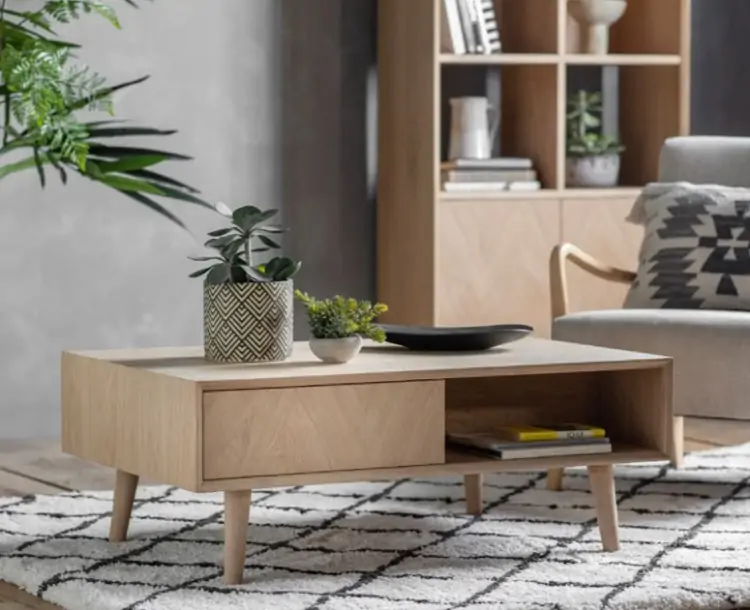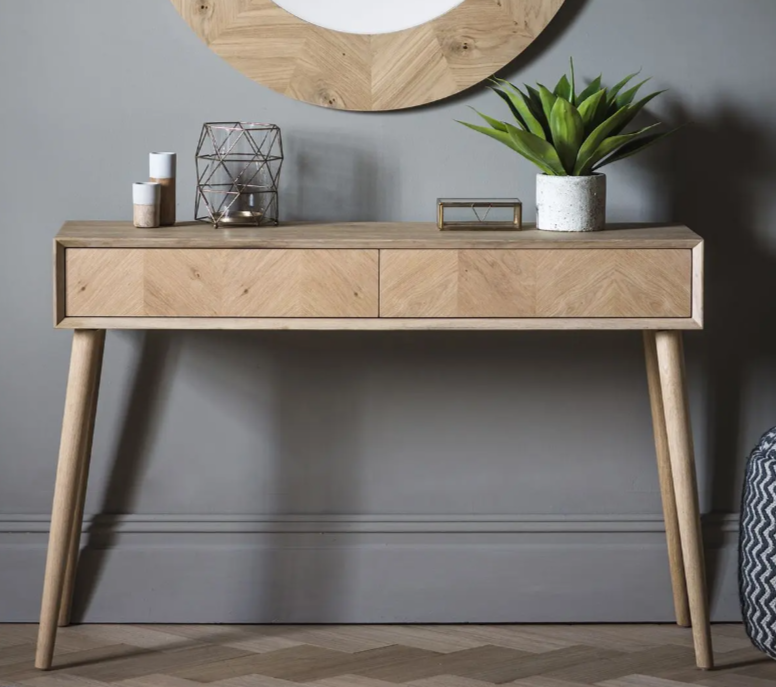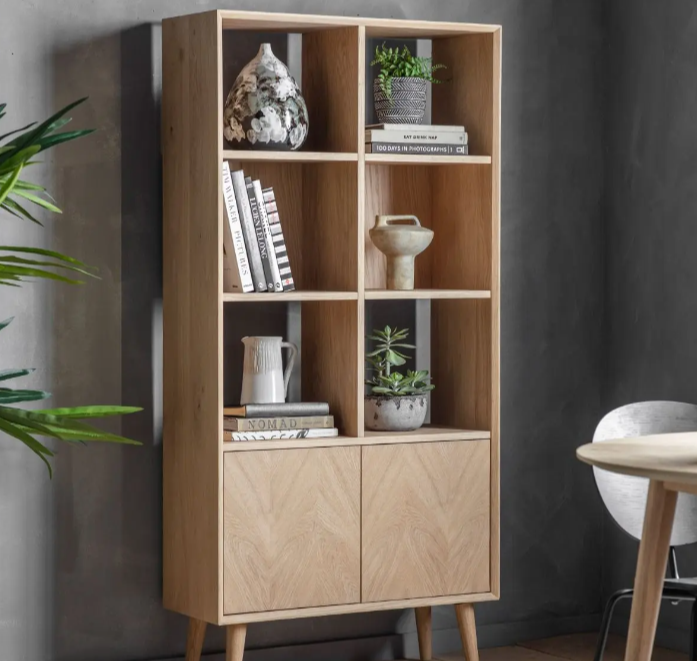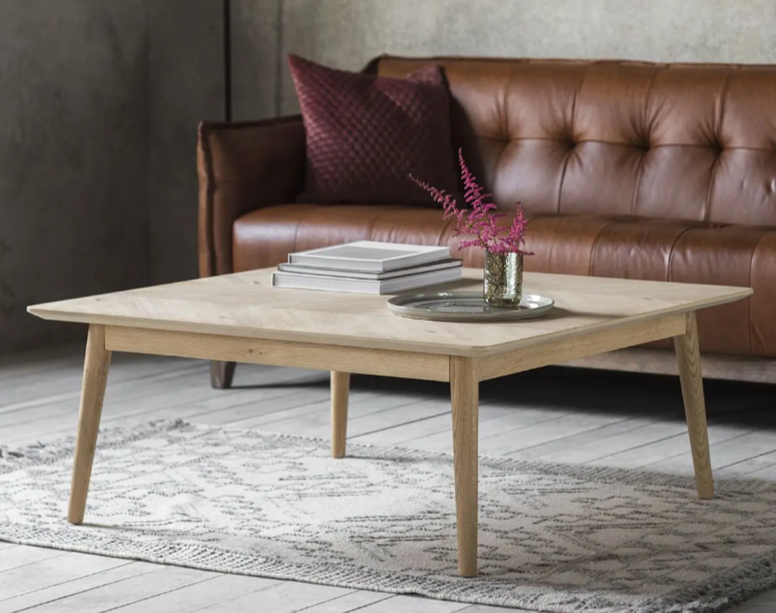When it comes to interior design, some countries and cultures naturally excel. Japan and Scandinavia both boast impeccable taste and now, the two have been fused in a style known as Japandi interior design. The trend has swept the interior design realm and captured hearts with its balance of minimalism and warmth.
Japan and Scandinavia are very different, but when it comes to design, they share some unmistakable similarities. For starters, both champion an aesthetic that’s simple and understated. Natural materials like wood take centre stage, as do neutral colours. Most importantly, comfort is never compromised in Japandi living rooms.
With such a winning combination of design elements, it’s no surprise the Japandi trend has gained so much traction. Want to know more about Japandi design? Read on as we cover everything you need to know about the trend and how to achieve the look in your home.
What is Japandi style?
Japandi is a portmanteau, which means it’s a combination of two different words. For example, brunch is one of our favourite portmanteaus, combining the words breakfast and lunch. Japandi is a combination of Japan and Scandinavia. To get more specific, Scandinavia refers to the countries of Denmark, Norway and Sweden. Depending on who you ask, Finland and Iceland may be classed as Scandinavia too.
The Japanese element draws inspiration from the ancient philosophy of wabi-sabi. The concept describes a way of life that values simplicity and contentment. Above all, wabi-sabi embraces the art of finding beauty in imperfection.
Japandi interior design is also heavily influenced by the Scandinavian term hygge. It stormed onto the interior design stage several years ago and quickly won people over. In a nutshell, it describes a mood that’s cosy, comfortable and content. It’s important to appreciate that hygge design is more than just an aesthetic. It’s a mood.
What do the experts say about Japandi design?
“Japandi design is the combination of Scandinavian functionality and Japanese rustic minimalism to create a feeling of art, nature, and simplicity,” explains Leni Calas, Chief Creative Officer at a prestigious New York interior design studio.
How to create Japandi living rooms
Now we know more about Japandi design, let’s explore some easy ways to incorporate the look into your living room with our brand new solid oak Hokkaido range.
Blend form and function
Japanese and Scandinavian cultures are famously practical. So, it’s no surprise that Japandi style furniture seamlessly blends form and function. Both cultures are masters of small-space living, where every piece of furniture and décor item must earn its place. Unlike enormous American homes, there’s often no room for bulky furniture and clutter. This is where minimalist design really steps up in Japandi living rooms.
Pieces like the Hokkaido 2 Drawer Oak Console Table perfectly capture the blend of form and function seen in Japandi interiors. The minimalist design of this Japandi console table is sleek and understated, with built-in drawers to maximise storage.
Invest in high-quality furniture
Both the Japanese and Scandinavians have always valued beautiful craftsmanship. To really capture the Japandi aesthetic, it’s worth investing in quality, handmade pieces. The Hokkaido collection fits the Japandi look to a tee, with intentional designs and heirloom-quality craftsmanship. If you’re looking for Japandi furniture UK, you’ll love this modern oak range.
Be intentional
As mentioned above, Japandi-style furniture is all about intention. Everything in the room should be carefully considered, from large items to small accessories. If you’re finding your space a little cluttered, consider trying the Marie Kondo approach to tidying up. This should help you decide what items you really value and what can be let go of.
If you’re short on storage, consider adopting faux minimalism. Looking for furniture with hidden storage, such as the Hokkaido Open Display Cabinet, can be a great way to hide excess “stuff” and keep your space feeling clean and clutter-free.
Focus on clean lines
Clean lines are central to the minimalist aesthetic of Japandi living rooms. You won’t see any over-the-top silhouettes in these spaces. Instead, expect to see clean lines and a modest approach to décor.
Make the most of natural light
The most beautiful Japandi rooms are flooded with natural light. Where possible, try to make the most of your natural light by using light colours and adding mirrors to your space.
Embrace low-profile furniture
Japandi furniture is about as far away as you can get from styles like Farmhouse, French Provincial and Hollywood Regency. Don’t get us wrong, we love these décor styles. But they do tend to feature bulky, statement furniture.
To achieve the Japandi look in your living room, consider switching to low-profile furniture. We don’t just mean pieces with clean lines and subtle design features. We literally mean Japandi style furniture that sits close to the ground.
The Hokkaido Square Oak Coffee Table fits the bill perfectly, with tapered legs that give it just the right amount of height. This gives the Japandi coffee table a streamlined look that feels light and airy. Features like the unique inlay chevron design also add a touch of Scandi chic to the piece.
Use light colours
A Japandi interior is light and airy, with a big focus on neutral tones. Using light colours is an easy way to channel the Japandi look in your living room. Instead of stark whites, consider muted shades like sand, cream, stone, oatmeal and beige to create a minimalist yet welcoming mood.
Remember, the winters are long and dark in Scandinavia. This is why there’s such a big focus on creating spaces that are bright and airy, with as much natural light as possible. If you love the Japandi look but find these neutral tones a little bland, don’t be shy to add a splash of colour. Feel free to experiment with soft, Scandi-inspired shades like dusty pink, pale blue and seafoam green. For a touch of drama, use darker colours like charcoal grey or navy blue.
Champion natural materials
Natural materials like wood help bring the Japandi look to life. Investing in high-quality Japandi furniture is a fantastic way to incorporate wood into your living room and give your space a warm, honey-hued look. The Hokkaido range is the epitome of natural beauty, with a matte lacquer used to showcase the natural grain and knots of the European oak.
You’ll also see plenty of natural fibres incorporated into Japandi interior design. From Asia, we see materials like bamboo, rattan and paper. Cotton and linen are also a great way to bring a touch of nature into your space.
Embrace textures
From woven tatami mats to cosy knitted blankets and faux fur throw pillows, both Japan and Scandinavia love to incorporate texture into living spaces. Once again, weather plays a big role in Scandinavian design. The winter months are generally cold and drawn out, which makes inviting interiors a top priority.
From being intentional about your furniture choices to embracing neutral colour palettes, these Japandi living room ideas will help bring simplicity, functionality and beauty into your home. Browse the full Hokkaido range online to learn more.





